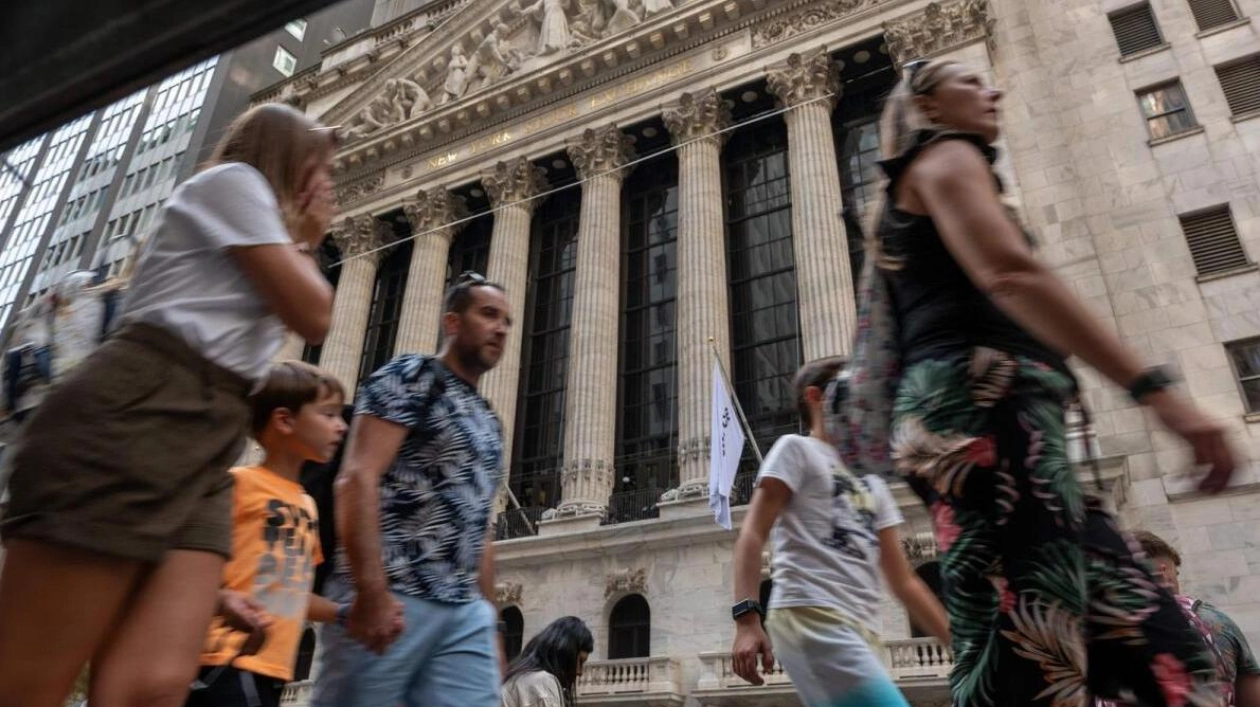Investors' expectations for a smooth economic transition in the US will be scrutinized this week as the government unveils closely monitored labor market data, following a string of disheartening job reports. The benchmark S&P 500 index on Wall Street has surged by 20% year-to-date, nearing an all-time high. With the third quarter concluding on Monday, the index is poised for its best January-September performance since 1997.
The anticipation of a soft landing, where the Federal Reserve manages to curb inflation without significantly harming growth, has fueled these gains, along with a 50 basis point rate reduction by the central bank at its recent monetary policy meeting. However, some are concerned that these rate cuts may not be sufficient to prevent an economic downturn, making the monthly employment report a crucial indicator of the economy's health. The previous two monthly reports revealed weaker-than-anticipated job growth, heightening the importance of the October 4 data.
"Stocks are priced for a Goldilocks/soft landing-type scenario," commented Wasif Latif, president and chief investment officer at Sarmaya Partners. "The jobs report could either validate this scenario or disrupt it." Recent payroll reports have unsettled markets, particularly data indicating an unexpected slowdown that triggered a sharp, multi-day selloff in the S&P 500 in early August. The index has since recouped these losses and reached new highs.
For the September report due next week, nonfarm payrolls are projected to have risen by 140,000, according to Reuters data on Friday. The labor data could influence perceptions of the Fed's next move at its November 6-7 meeting. Futures linked to the fed funds rate currently show nearly equal bets on a 25 basis point cut or another 50-basis-point reduction.
"While the entirety of the data is always significant, the focus will be on incoming labor market data to give the Fed more assurance that the softening trend is stabilizing," economists at Deutsche Bank noted in a recent report. Investors will also pay close attention to a speech by Fed Chairman Jerome Powell, who is set to discuss the economic outlook before the National Association for Business Economics on Monday.
The substantial gains in US stocks so far this year suggest a positive outlook for the remainder of 2024, if historical patterns hold. Since 1950, the S&P 500 has risen by at least 15% through September in 17 instances, according to Keith Lerner, co-chief investment officer at Truist Advisory Services. In the fourth quarter of those years, the index saw a median increase of 5.4% and posted gains in all but three instances, Lerner found.
Nonetheless, the state of US growth remains a key concern for investors. A survey of fund managers earlier this month identified a US recession as the top "tail risk" for markets, according to BofA Global Research. Garrett Melson, portfolio strategist at Natixis Investment Managers Solutions, noted that the recent strength in defensive sectors such as utilities and consumer staples reflects worries about an impending downturn.
Conversely, robust economic data could bolster economically sensitive sectors like industrials and financials. The S&P 500 industrial sector has risen nearly 11% this quarter, and the financial sector is up around 10%. "There's still a case to be made that we've priced in too much recession risk at this point," Melson said. "There's ample room for further gains into year-end."






